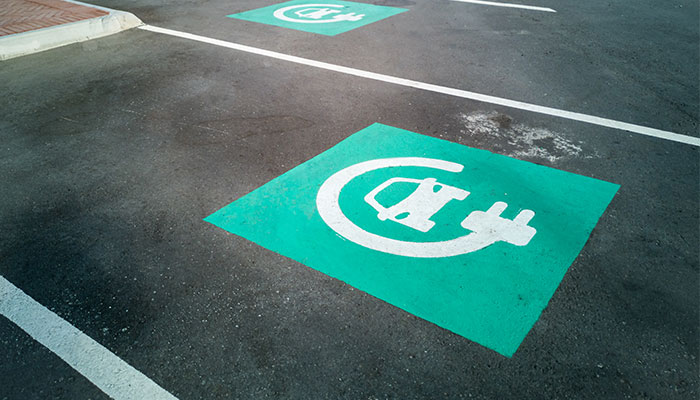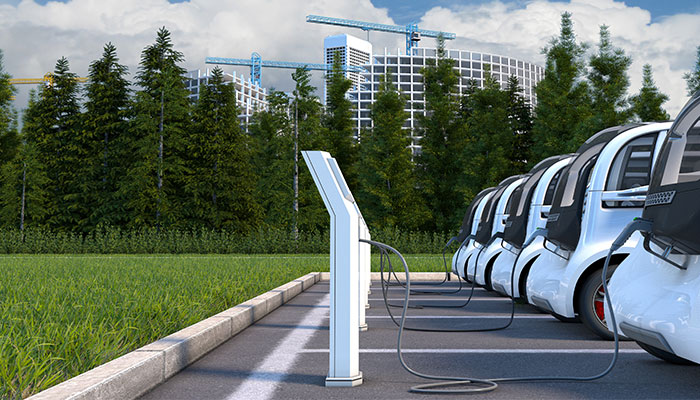Although we’ve been a bit slow off the mark, Australia could ban the sale of new internal combustion engine (ICE) cars from 2030.

That would align us with other countries planning to prohibit petrol and diesel cars in the near future, namely Norway in 2025; Demark, India and Germany in 2030, Britain in 2035; and China and France in 2040.
But first let’s address several issues around electric vehicle take-up in Australia.
There is currently no Federal Government policy to address the issue.
So far there has been no national policy to address the adoption of electric vehicles. However the Federal Government is expected to release a national strategy later this year. As an example of what other countries are doing, many Scandinavian governments have supported the uptake of electric vehicles by waiving sales tax on fully electric vehicles; and this has resulted in much higher uptake rates.
In Norway, the government is rolling out free charging infrastructure, so the majority of all new vehicles sold are now electric. Additionally, these and many other countries are electrifying their bus transport systems, with targets to replace petrol and diesel buses by fully electric buses 10 or more years ahead of their targets for light vehicles.
The price of electric cars
Electric vehicles currently cost more up-front than ICEs, however the cost of energy per kilometre is substantially less for electric vehicles, and electric vehicles require less maintenance, so depending on how they are used, the total lifecycle cost of an average electric vehicle today is often less than a comparable ICE.
Furthermore, as the number of electric vehicles being manufactured increases to meet growing demand around the world, the price of electric vehicles will continue to reduce, partly also due to the reduction in battery costs that comes with scale.
There are currently less than 20,000 fully electric vehicles on the road in Australia, out of a total of about 20 million registered vehicles.
Analysts predict that the purchase price of an electric will be on par with ICEs by about 2025. Given the much cheaper running costs and environmental benefits, most people in the market for a new car are likely to switch then, if not before.
Improvements in electric car capabilities
With a few notable exceptions, the range of many electric vehicles produced in the last decade have been limited by the size (and cost) of the battery to between 120 and 200km, however this is changing. From 2020, most new electric vehicles will have a range of 200km or more.
Progress in infastructure
Most states are in the process of rolling out fast-charging infrastructure along main highways to accommodate longer trips and tourism by electric vehicles. For example the Queensland Government is implementing an ‘electric super highway’ charger roll-out plan to enable tourists to do fly-drive holidays using electric vehicles.

What needs to happen to trigger the switch to electric vehicles by 2030?
The introduction of subsidies in the form of sales tax exemptions would have an immediate impact on the uptake of electric vehicles, by reducing the only remaining barrier to electric vehicle ownership, which is the up-front cost.
But can electric vehicle production ramp up quickly enough to meet the demand generated by this change in policy?
One answer is that Australia could re-establish a vehicle manufacturing industry here. There are already a number of small electric vehicle manufacturers in Australia targeting niche markets, and some are starting to expand by establishing new manufacturing facilities overseas closer to the larger markets.
Moving to all electric cars by 2030 is primarily a matter of educating the public to adopt a new technology, and make some minor social and behavioural changes in how they use their vehicles.
While the number of electric vehicles sold in Australia in 2019 was about 6700 – three times higher than the previous year – this represents only about 0.6% of the total annual market in light vehicles.
There are currently less than 20,000 fully electric vehicles on the road in Australia, out of a total of about 20 million registered vehicles. We still have a long way to go, but we’ve got ten years to get to the start line.



